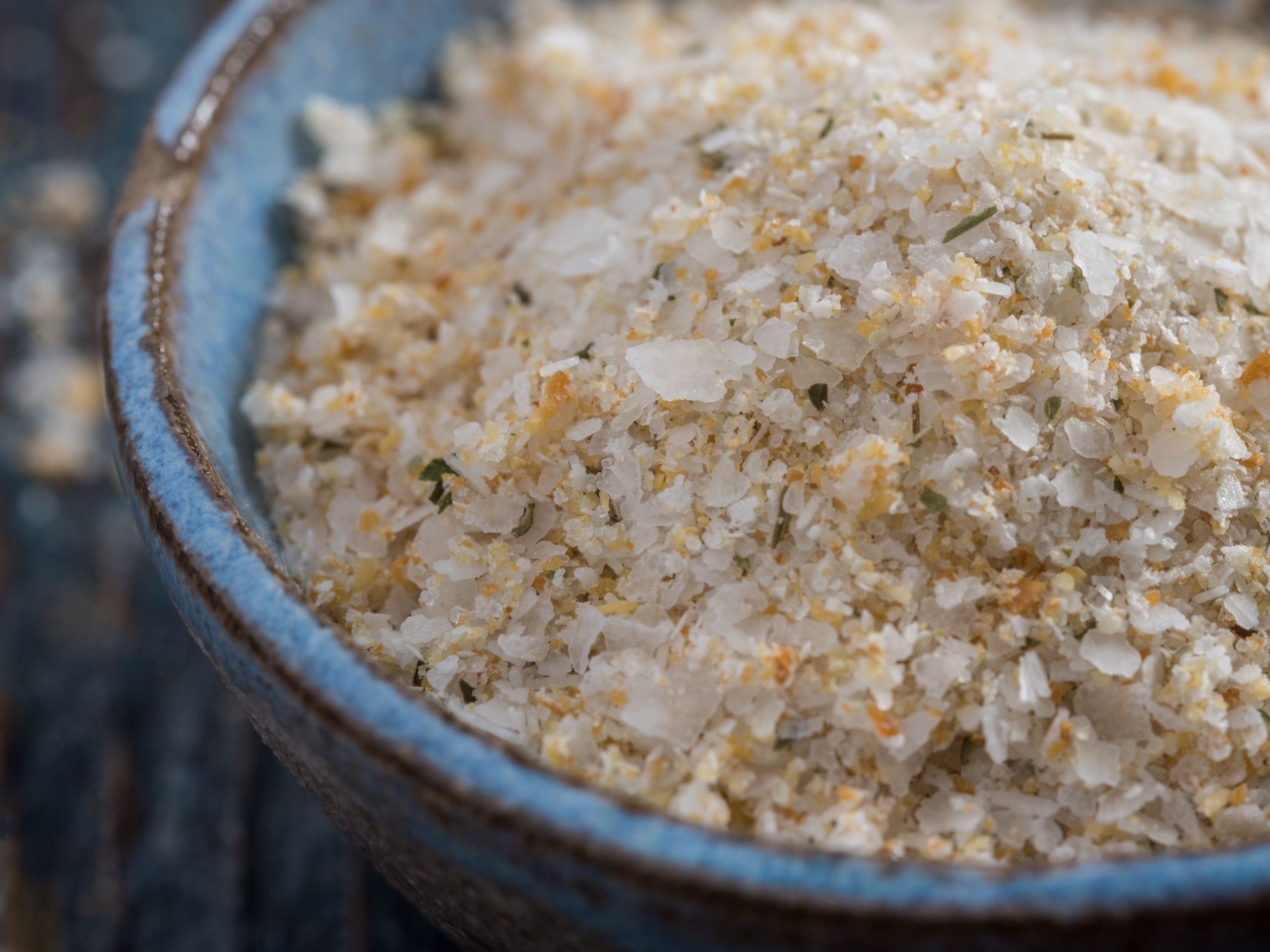



Article by: Hari Yellina
Roger Hobday of Terramungamine, near Dubbo, NSW, created Pinerock Garlic out of a desire to produce something he and his wife Johanne can eat, as well as a lengthy history of farming. Pinerock is primarily a garlic business, but Roger and Johanne also make flavor-infused salts, which have proven to be a popular addition to their product range. When Roger was a kid, his family planted garlic, and it piqued his interest enough for him to start a 0.8-hectare (two acre) farm. Roger and Jo manage the business, with Roger doing all of the groundwork and crop preparation, and Jo doing the salt infusion production and drying. The salts are bagged, bottled, and labelled by Roger.
“It took a few tries to get the flavours right, but we now have a technique that infuses the garlic and other components’ flavours into the salt,” says the author. “I recall my family growing garlic when I was a kid, and it piqued my interest enough that I decided to give it a shot,” Roger remarked. “I can’t imagine not growing something edible in my gardens.” “I realise two acres isn’t much, but we cram a lot into our raised vegetable beds.” “We are not large-scale farmers by any stretch of the imagination, but dirt is in our blood.” “We sell garlic in bags, loose, or braided braids.
“We wanted to add value to a product that was not only tasty but also good for you, so we started with the salts.” “It took a few tries to get the flavours right, but we now have a technique that infuses the garlic and other components’ flavours into the salt,” says the author. At Terramungamine, Roger and Jo have cultivated seven different varieties of garlic and want to plant at least three more this year. “The first variety is Dynamite Purple, which I’ve been growing since the beginning. “The second variety is known as Rojo De-castro, and it is related to Dynamite. “The third type is Californian Late, which is a fairly ‘standard’ kind.”
Pinerock garlic has mostly sold its products through local farmers markets and fairs, as well as online. Soil preparation is an important aspect of any farming operation. “Soil preparation is the fundamental to every agricultural activity, whether you are a small backyard hack or a multi-million-dollar farming organisation,” Roger added. “For my garlic crop, I employ rotational cropping practises, so I’m always turning the land over.” “I use a scarifier to dig a little deeper between crops, and I try to deep rip the region at least once a year before putting up the garlic beds.”
Roger has learned what tools he needs to be successful from his years of experience. “I created my own bed former to make the shape of my beds,” he explained, “which takes soil from around the region where the bed is to go and puts it into a swale type bed.” “I start putting some of the fertiliser and other inputs into the soil once I have the soil in the location where I need the bed. “I either apply by hand or by injecting a liquid directly into the bed’s soil. “This is usually done at least two to three months prior to the start of the planting season. “This permits the nutrients to release their beneficial properties into the soil.
“Once I’m satisfied with the nutrients given, I use the rotary-hoe to shape the mound into the right shape.” “After that, the beds are left alone for a while to allow weeds to develop so I may eliminate at least one germination before planting.” “Because we don’t utilise pesticides in our garlic production, we have to conduct all of our weed control by hand or mechanically.” “In the past, we didn’t use any post-planting mulch, but this year we’ve already acquired lucerne hay to mulch our garlic after we plant.” The garlic is harvested using a digger Roger built. It travels beneath the bed and chops and releases the garlic.
The dirt is then knocked off the bulbs, which are subsequently gathered together into mounds. “Then we cruise along picking up the bundles and loading them into the tractor bucket,” Roger explained. “We knot and bundle the loads and hang them on racks in the shed.” “Until the drying process is complete, the garlic hangs in the shed.” “We have fans going around them 24 hours a day to keep air circulating so they can dry up properly.” “Once they’ve had enough time to cure, we can start braiding them or preparing them for sale.” Roger and Jo believe in maintaining a healthy, microbially active soil. “We employ a 100 percent rotational cropping approach,” Roger explained.
“Some people utilise a 33-percent rotation method, but I find it taxing on the soil profile. “I employ a 100-plant rotation to allow me to grow leafy crops, legumes, and fumigatory crops to break disease cycles. “I have no bad soilborne infections or disease using this strategy. “This also enables you to cultivate in the same region for much longer periods of time before needing to rest the soil. “What makes it pleasurable is the delight we receive from growing and delivering a product that people love coming back for.”